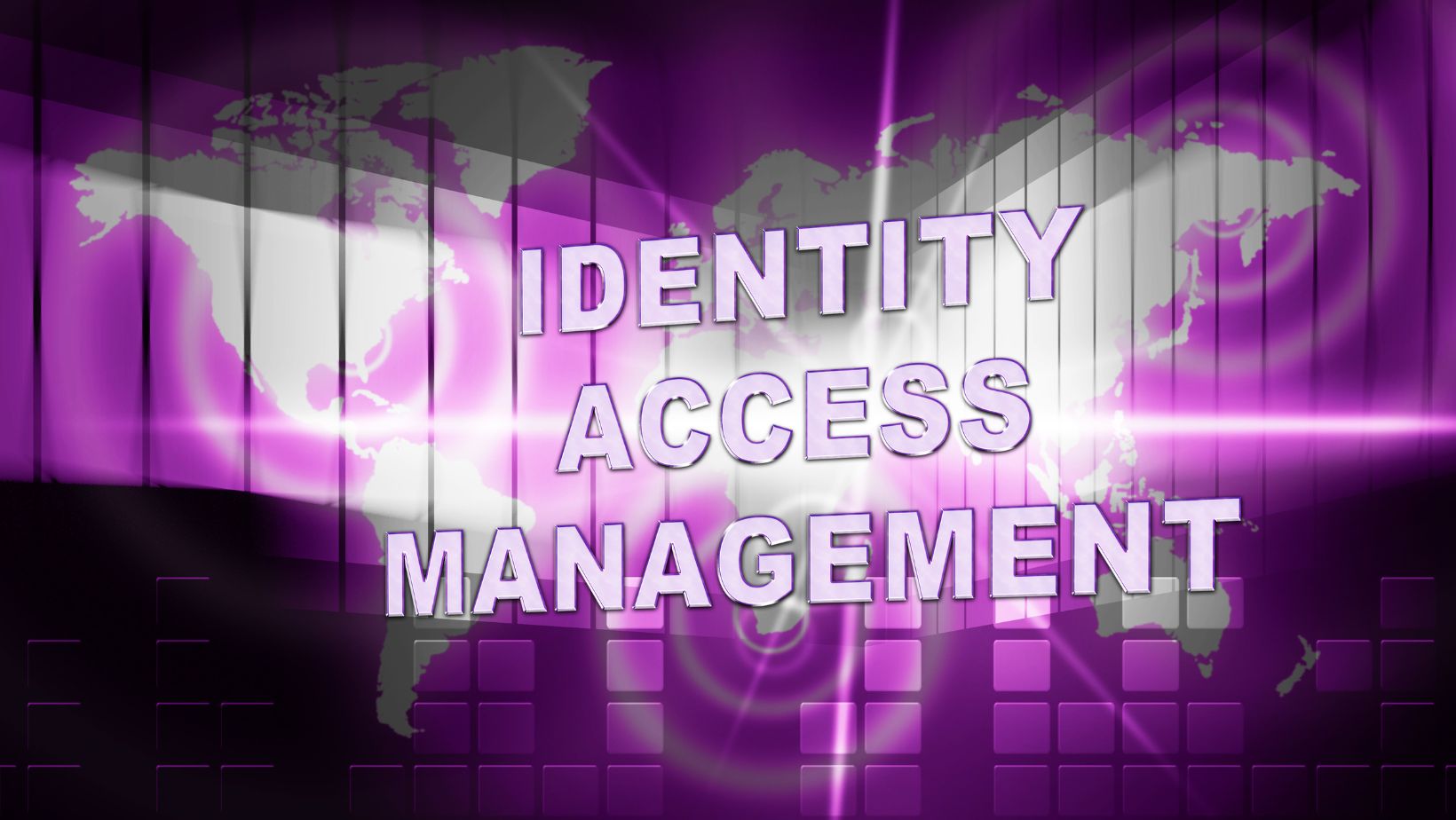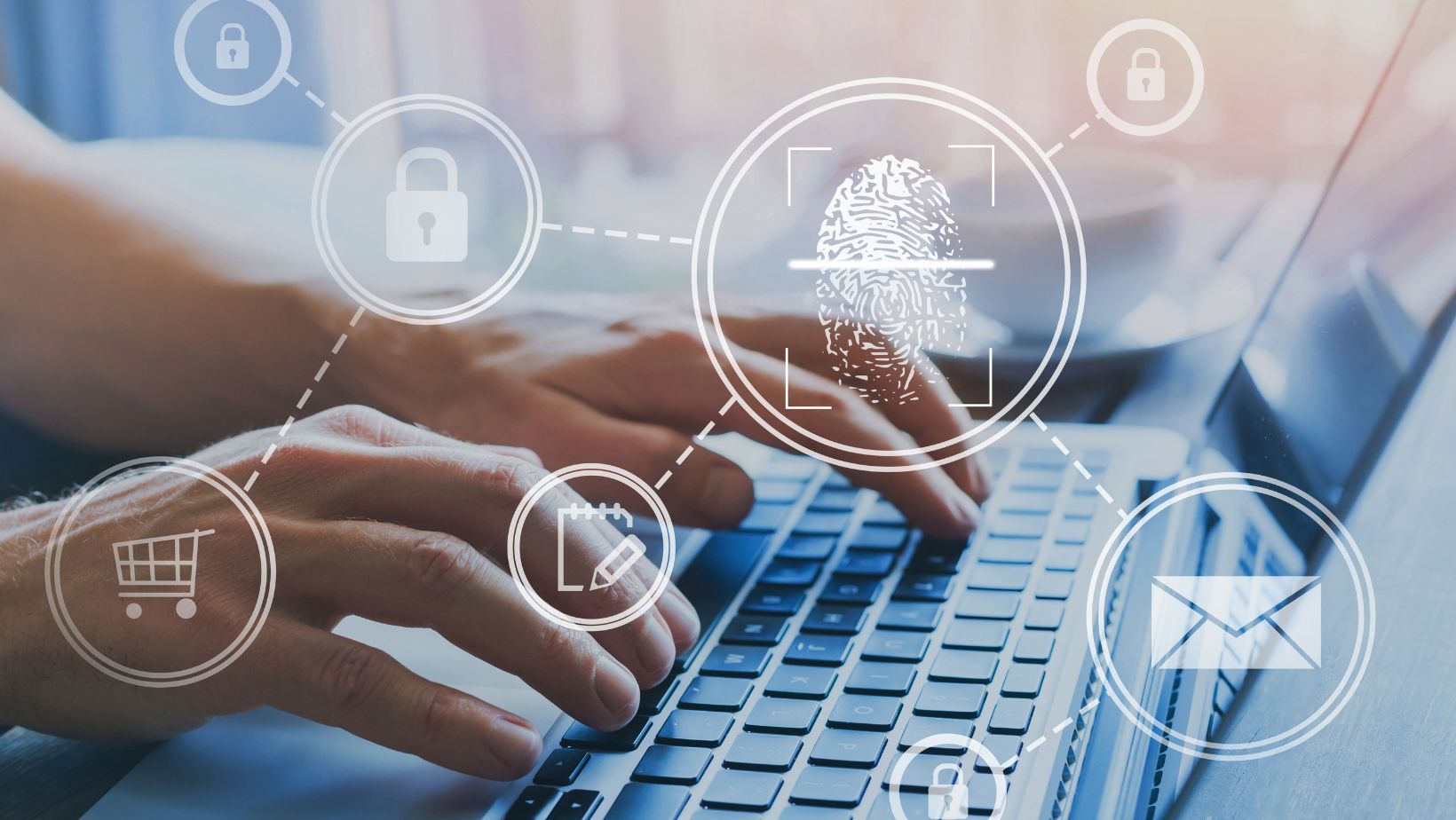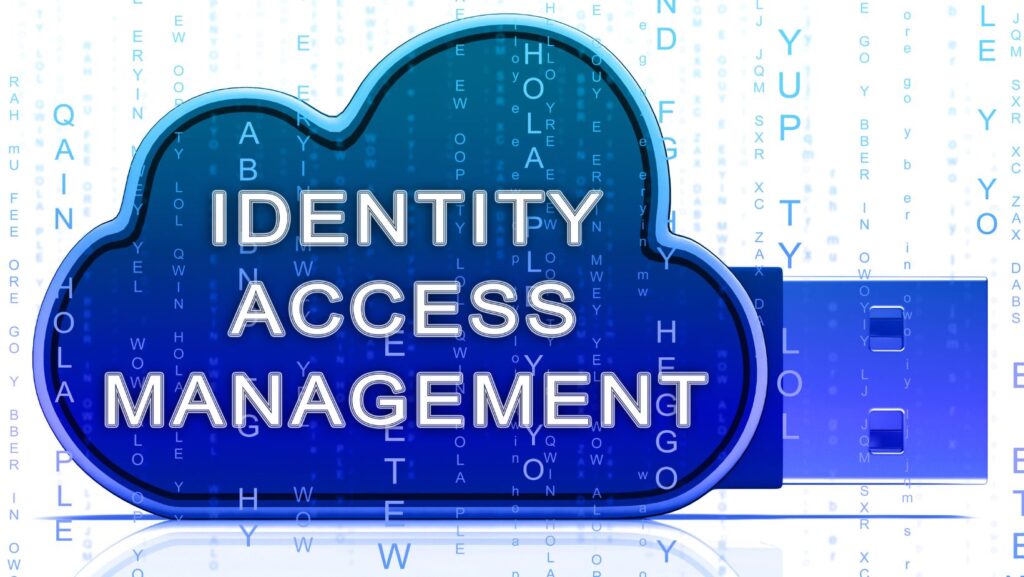In today’s rapidly evolving digital landscape, businesses must prioritize both user experience and security to maintain their competitive edge. One crucial aspect of this balance is Identity and Access Management (IAM), which plays a pivotal role in how users authenticate and gain access to sensitive systems and data. By implementing robust IAM solutions, organizations can streamline workflows, improve the overall user experience, and fortify security. This article explores the importance of IAM, the challenges faced by organizations, and actionable strategies for optimizing IAM for both seamless user experience and enhanced security.
What is Identity and Access Management (IAM)?
Identity and Access Management (IAM) refers to a set of policies, processes, and technologies that ensure the right individuals have the appropriate access to resources within an organization. IAM systems authenticate, authorize, and manage users, enabling businesses to control who can access their applications, networks, and data. The goal of IAM is to protect organizational assets while ensuring that legitimate users can easily access the tools they need to do their jobs.
IAM can encompass various components, including:
- Authentication: Verifying the identity of a user through methods like passwords, biometrics, and multi-factor authentication (MFA).
- Authorization: Defining what resources and actions an authenticated user can access or perform.
- Account Management: Managing user accounts, roles, and permissions to ensure that they are up to date and aligned with an employee’s responsibilities.
- Audit and Reporting: Continuously monitoring access to systems and generating reports for compliance and security analysis.
The Importance of Optimizing IAM
Optimizing IAM is critical because it touches nearly every part of an organization’s operations. When implemented correctly, IAM solutions can significantly enhance both security and user experience.
1. Enhanced Security
One of the primary reasons organizations implement IAM is to enhance security. By enforcing strong authentication methods like MFA, businesses can reduce the risk of unauthorized access. IAM solutions also enable the principle of least privilege, ensuring that employees only have access to the resources they need for their roles.
Moreover, IAM systems provide centralized monitoring, which allows for quicker identification of suspicious activities. For example, if an account is accessed from an unusual location, the IAM system can trigger alerts for the IT team to investigate. These proactive security measures help prevent data breaches, insider threats, and other security incidents.
2. Seamless User Experience
A key advantage of IAM is the ability to offer a seamless user experience while maintaining high security standards. By implementing Single Sign-On (SSO), users only need to remember one set of credentials to access multiple applications. This reduces password fatigue and the likelihood of weak passwords, thus improving security.
Additionally, IAM can enable self-service features, such as password reset and role updates, which can save time for both users and IT staff. These features not only enhance the user experience but also decrease the workload on IT teams, allowing them to focus on more critical tasks.
3. Regulatory Compliance
In many industries, compliance with regulations such as GDPR, HIPAA, and SOX requires strict access controls and audit trails. IAM helps organizations meet these requirements by providing features like access logging, reporting, and role-based access control (RBAC). With IAM, businesses can demonstrate their commitment to data protection and minimize the risk of non-compliance penalties.
The Role of IAM Professional Services in Optimization
While IAM is essential for businesses, its implementation and optimization can be complex. This is where IAM professional services come into play. These services provide organizations with the expertise needed to design, deploy, and manage IAM solutions effectively. Whether it’s selecting the right IAM tools or integrating them with existing systems, IAM professionals ensure that the solution is tailored to the organization’s specific needs.

Here’s how IAM professional services can help optimize your identity and access management efforts:
1. Tailored IAM Solutions
Each business has unique needs, which means there’s no one-size-fits-all approach to IAM. IAM professional services assess an organization’s specific requirements, workflows, and security concerns to create a customized IAM strategy. This personalized approach ensures that the solution fits seamlessly with the organization’s structure, reducing friction for users and improving security across the board.
2. Integration with Existing Systems
Many organizations already have a variety of systems in place, from HR platforms to cloud applications. IAM solutions need to integrate with these systems to be effective. IAM professionals help with the integration of identity providers, authentication methods, and access control systems to ensure that the IAM solution works in harmony with the company’s existing infrastructure.
3. Ongoing Support and Optimization
IAM is not a set-it-and-forget-it solution. As the business grows and evolves, the IAM system must adapt to new challenges, such as increased user numbers, changing compliance requirements, and the introduction of new technologies. IAM professional services offer ongoing support to help organizations optimize their IAM solutions, ensuring they remain secure and user-friendly as needs change.
Key Strategies for Optimizing IAM for Seamless User Experience and Security
To make the most of IAM solutions, organizations must adopt best practices that align with both security objectives and user experience goals. Here are some actionable strategies:
1. Implement Multi-Factor Authentication (MFA)
Multi-factor authentication (MFA) adds an extra layer of security by requiring users to provide multiple forms of verification, such as a password and a fingerprint or a one-time passcode. This significantly reduces the risk of unauthorized access due to compromised credentials. While MFA may seem like an inconvenience, it is becoming an industry standard for protecting sensitive systems and data.
2. Leverage Single Sign-On (SSO)
Single Sign-On (SSO) simplifies the user experience by allowing users to access multiple applications with one set of credentials. SSO reduces the need to remember multiple passwords and makes it easier for users to access resources quickly. It also lowers the risk of password fatigue, where users may resort to weak or repeated passwords.
3. Use Role-Based Access Control (RBAC)
Role-Based Access Control (RBAC) allows organizations to define access permissions based on users’ roles. By assigning roles that match an employee’s job function, businesses can limit access to only the resources necessary for that role. This minimizes the attack surface and ensures that sensitive data is protected from unauthorized access.
4. Automate User Lifecycle Management
Managing user accounts manually can be time-consuming and error-prone. Automating user lifecycle management, from onboarding to offboarding, can help ensure that users have the appropriate access levels at every stage of their employment. IAM solutions can automatically adjust access rights when employees change roles or leave the organization, preventing orphaned accounts and ensuring compliance with security policies.
5. Regularly Audit and Review Access Permissions
Over time, users’ roles and responsibilities may change, but their access permissions might not be updated accordingly. Regular audits of user access help identify unnecessary permissions and ensure that only the right people have access to sensitive information. Automated IAM tools can generate reports that make it easier to track who has access to what and ensure compliance with security policies.
6. Train Employees on Security Best Practices
Even the best IAM system cannot protect an organization if users don’t follow security best practices. Employee training on topics such as password hygiene, recognizing phishing attacks, and using MFA can help minimize security risks. Ensuring that employees understand the importance of IAM systems and how to use them effectively will go a long way in strengthening the organization’s security posture.
Conclusion
Optimizing Identity and Access Management (IAM) is crucial for achieving a seamless user experience and enhanced security in today’s digital age. By leveraging IAM professional services, organizations can implement tailored, effective solutions that address both security concerns and user needs. Implementing best practices such as MFA, SSO, RBAC, and automated user lifecycle management will further strengthen IAM systems, providing businesses with a secure and user-friendly environment.

Ultimately, IAM is not just about protecting data but also about ensuring that users can access the resources they need without unnecessary friction. A well-optimized IAM system enhances both security and productivity, enabling organizations to thrive in an increasingly complex and interconnected world.

